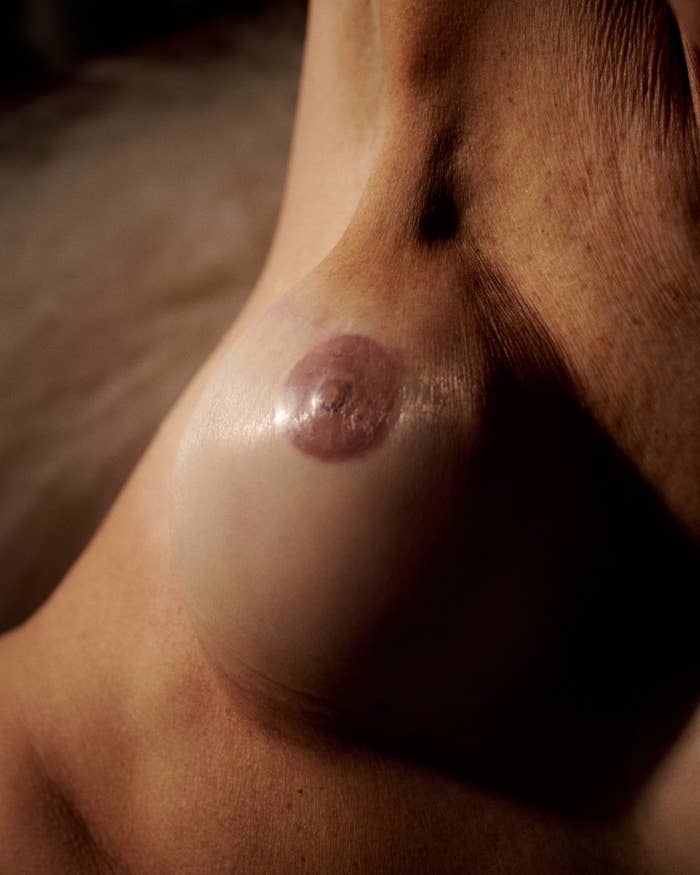
Carole Wymer was 47 in 2011, the year she received her breast cancer diagnosis. Doctors said they could remove the tumor from her left breast with a simple lumpectomy, and she felt relatively optimistic. But after her follow-up appointment, she received some bad news: There was a second tumor nested behind the first. The doctors recommended that she have at least her left breast removed, but the nature of the second tumor meant there was an increased risk that the cancer would spread, so they also broached the idea of a bilateral mastectomy.
That idea felt like a much bigger deal to Wymer, who lives in Tucson, Arizona. She wouldn’t just be carving out the sickness and moving on. She was going to lose a whole element of her body — one that had fed her two children as babies, and which she now realized felt like part of her identity.
“I didn’t really factor in the emotional connection to my femininity and to my self-identity as a mother… it felt like it was being sacrificed,” she said. “You can’t separate your heart from your body, or your emotions from your body. They’re all woven together.”
Still, she decided to have both breasts removed. The prospect of the surgeries and treatments to come was overwhelming, but she just tried to look ahead and keep it together.
After the multi-surgery reconstruction, she felt some of her confidence return, especially when it came to going out in public. But it was disconcerting to see “blank mounds” on her chest. The surgeon had created a small bump atop each reconstructed breast to represent a nipple, but the bumps were colorless and had no areolas. From a distance, they weren’t clearly visible.
According to the American Society of Plastic Surgeons, more than 137,000 people had breast reconstruction surgery in 2020. It’s possible for mastectomies to preserve the nipple, but depending on the size and location of the cancer, as well as breast size, this is less feasible for some candidates. Another option is to create a nipple out of tissue in a separate surgery, but it usually flattens over time. Radiated skin can also make both options riskier.
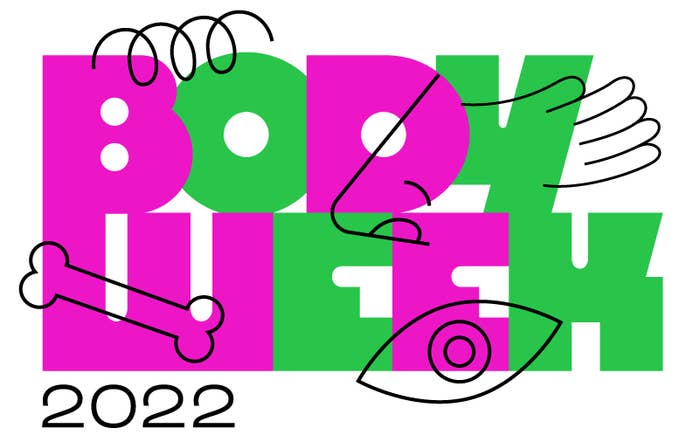
That’s why many patients do what Wymer did in 2017: Visit a tattoo artist who specializes in photorealistic 3D nipple tattoos. Through a cancer support group, Wymer heard about Vinnie Myers, an artist based in Finksburg, Maryland, who had a good reputation, and paid him a visit. Myers mapped out a location for the tattoos, explaining how he would camouflage the makeshift bumps created by her surgeon, which had moved since the operation. They even shared a laugh while he mixed inks into just the right shade and set to work. The appointment didn’t last more than an hour and a half, but the effects were both striking and permanent.
Looking at her tattoos for the first time was, Wymer said, like seeing the final period at the end of a long chapter.
“It’s hard to describe, but you feel complete again,” she said. “Even though they’re just tattoos, there’s some sense of normalcy back.”
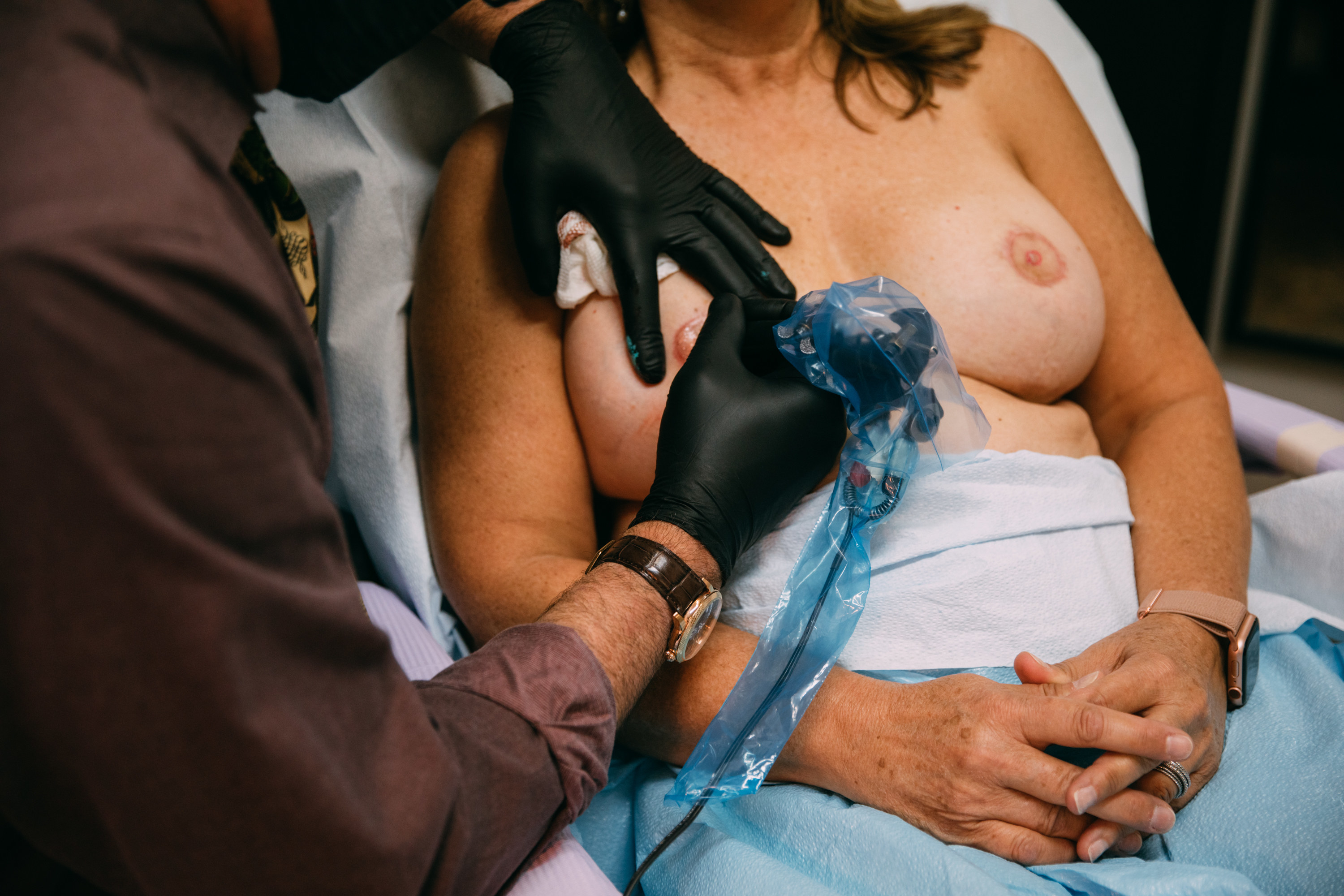
Nipple reconstruction does not change the size or sensitivity of the breast. But a 2017 study in the Journal of Plastic, Reconstructive & Aesthetic Surgery seemed to point to the psychological benefits of such procedures; it found that patients who had their nipples reconstructed were more satisfied with the size and sensitivity of their breasts as well as the overall appearance.
Tattooing is a nonsurgical option that offers many survivors the same benefits. Plus, nipple reconstruction surgery can cost thousands of dollars, while nipple tattoos usually cost less than $1,000. A 2018 study found that, after receiving nipple tattoos, breast cancer survivors were not only more satisfied with their breasts, but also reported better sexual and psychosocial well-being. Myers, Wymer’s tattoo artist, estimates that he’s done tattoos for about 12,000 women over the past 20 years; he even coauthored a study with two physicians and a nurse reporting on the benefits of the tattooing technique in 2014. He said the feedback he hears from clients most often is that they finally feel like themselves again, or that they feel whole.
At every follow-up appointment, her doctor would ask, “What are we doing about nipples?”
Cancer comes with a lot of waiting rooms, bureaucracy, taking clothes off in front of strangers, keeping track of medications, and information overload about potential treatment plans: a mastectomy or a lumpectomy? Will you do chemotherapy before or after surgery, and what kind? Tamoxifen or Letrozole or any number of other drugs, and in what combination? As one survivor put it to me, “When you get the diagnosis, you hear nothing after that except Wahwahwahwahwah.”
Reconstruction involves another slew of surgeries, and everything about it is dependent on the patient’s particular case. There’s the actual mastectomy and healing. Then the surgeon installs expanders to stretch the skin, filling them until there’s enough room to either insert implants or tissue from other parts of the body (this can be muscle from a patient’s back, or fat from the stomach, buttocks, or thighs, depending on the patient’s body type, cancer type, and personal preference). Radiated skin is more resistant to stretching, so that’s another complicating factor.
By the end, some survivors are so exhausted by the experience that they don’t want to deal with the thought of nipples — having reconstructed breasts that look standard when clothed might feel like enough.
At first, that was the case for Kris Bova, who lives in San Antonio, Texas. Bova had her mastectomies and reconstruction in 2012, when she was 51. At every follow-up appointment, her doctor would ask, “What are we doing about nipples?” Bova would brush him off.
“Nobody else was going to see it but me and my husband,” Bova said. “I just didn’t think it was necessary. It’s not like a baby needs to find it.”
Eventually, her doctor asked enough times that Bova went in for a consultation at Elaine Pichet’s Artistic Touch, a permanent cosmetics business based in Tucson, Arizona. The procedure wasn’t covered by her insurance, but, with Bova’s chest still largely numb, the pain wouldn’t be a problem. When she decided to go for it, she was shocked by how much of a difference the tattooed nipples made to her reconstructed breasts.
“[It was] like they were breasts in my clothing, but when I looked at myself in the mirror, they were just two flesh-colored appendages,” she said of her pre-tattoo chest. “They didn’t have the anatomical markings of a breast. Once [the nipples] were back, you feel more complete, more whole, more normal. But I didn’t realize I didn’t feel normal.”
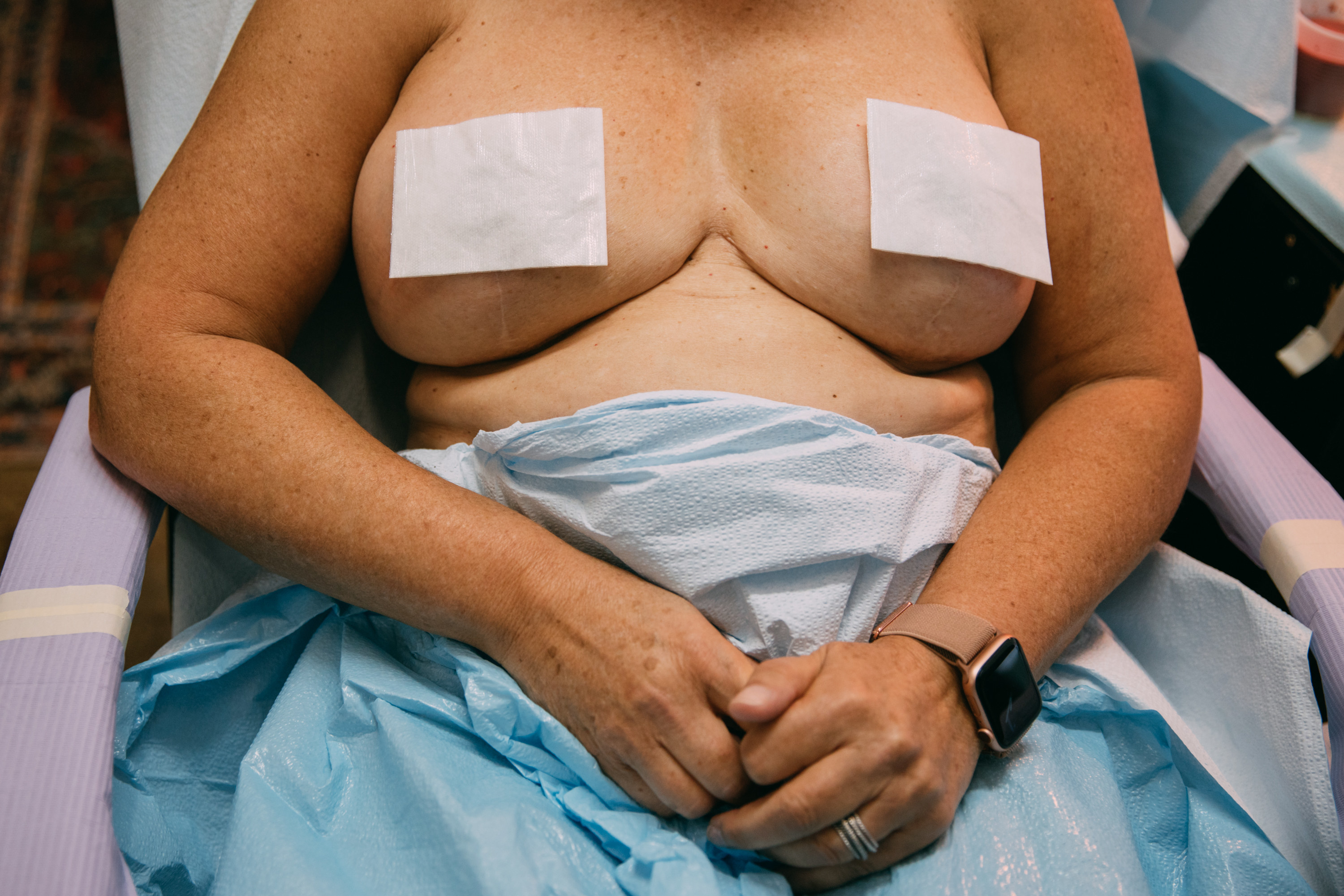
Mary Ellen Gonzalez, who lives in Eastvale, California, received her diagnosis in 2015 at age 36. She had her tattoos done at the end of a long road that included chemotherapy, multiple surgeries, radiation, and two years without breasts. During that time, she wore prosthetics when her skin wasn’t too sensitive from radiation to handle them. But there were moments of frustration — like when she’d be getting ready to go out and end up looking all over the house for her “boobs.”
When she eventually had her reconstruction, she said it was a relief, but still just felt “weird.”
“When you’re rebuilt and see all the scars, and you don’t see any nipples there, the whole thing looks strange,” she said. “Once they’re done and you see it, it’s very emotional. It’s like, ‘Wow!’ I guess I didn’t think that I would feel completely restored again.”
Kathleen Ashton, PhD, director of behavioral health for the Cleveland Clinic Breast Center, said that body image issues are common in women with breast cancer, who can face everything from hair loss to weight gain to scarring. In her work as a psychologist for cancer patients, Ashton often hears women describe their bodies using words like “mutilated” and “not whole.” Scars or the absence of nipples can visually remind patients about their own powerlessness in the face of cancer, so these tattoos can be a visual representation of moving forward.
“With tattooing, you’re also talking about something the patient is choosing to do,” she said. “The mastectomy, or the scarring from the surgery, isn’t something that’s often their choice, so to be able to take control and feel ownership and be empowered is a huge psychological advantage.”
Elizabeth (who requested a pseudonym for privacy reasons) had her reconstruction done in 2008, after an initial diagnosis in 2005 and years of treatments and surgeries. Her surgeon used skin grafting to create 3D nipples, but they weren’t colored.
“My breasts, right before I went through all my breast cancer and surgeries, were probably one of the nicest parts of my body,” she said. “A part of me was taken away from me, and then they were replaced with something that wasn’t real… And I’m a real person, you know? So for me to get implants, it was — all of this was — hard for me.”
When Myers did her nipple tattoos in 2015, it was the first time Elizabeth had ever been in a tattoo parlor. Myers wore a bowler hat, wingtip shoes, and a smile that left her at ease. She remembers a map hanging on the wall covered in pins, representing his clients from all over the world. After she had her implants replaced at her surgeon’s suggestion in 2021, she went back to see him for a touchup; he didn’t charge her for it.
“It takes a certain individual to do this,” she said. “The calmness, the empathy that he has, it’s amazing.”
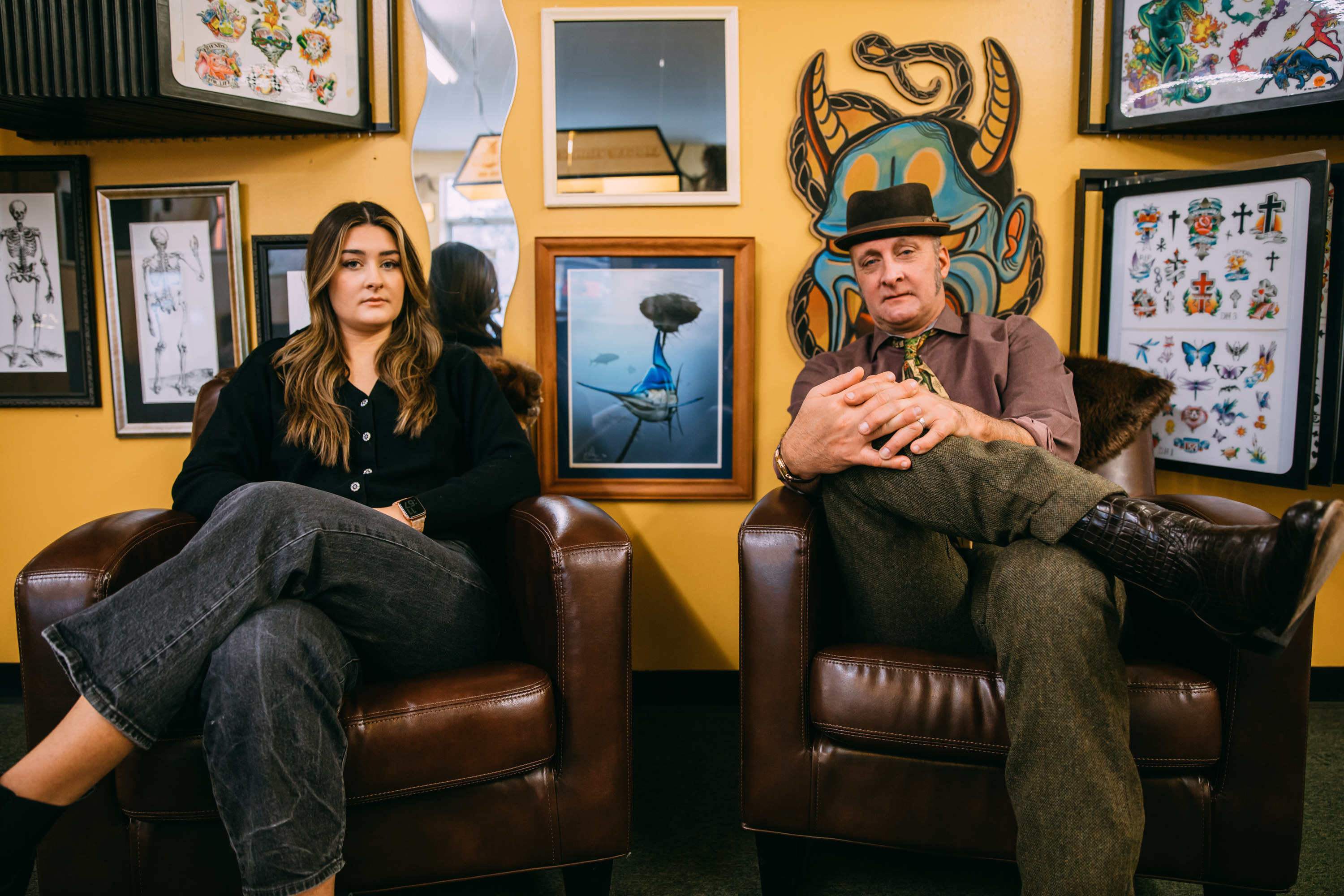
For tattoo artists, this kind of work comes with its own set of challenges and emotions.
For one, it requires skill and versatility. Some cases involve tattooing a 3D image on a blank slate. Others involve coloring a “nipple” created by a surgeon and adding an areola, or trying to cover up a makeshift nipple that has migrated over time. Some clients have scarred skin, radiation burns, or breasts of different sizes. Others come in for corrections or coverups after originally having had their tattoos done somewhere else. Colors must be mixed to get the shade just right. Many clients are in their 50s or 60s and bring pictures of their pre-mastectomy breasts as a reference. But after reconstruction, their breasts are much perkier, so the nipples need to match. Tattoo artists also mentioned the importance of including imperfections; in order to look lifelike, no two nipples should be exactly the same.
Each artist must also learn to carefully and courteously approach appointments with cancer survivors, who have already been through the wringer. Setting the atmosphere is a delicate balance. Artists don’t want clients to feel like they’re in another doctor’s office, with clinical eyes, cold hands, and stainless steel everywhere. Myers, who is 59, originally specialized in photorealistic tattoos and opened his own shop in 1991. In 2002, he met a plastic surgeon’s office manager who said they were looking for someone to do nipple tattoos for breast reconstruction patients. It quickly became Myers’ specialty.
Many of his clients say they never dreamed they’d be getting a tattoo and that they told their children for years to never get tattoos — but there they were.
“You end up with people from every walk of life,” Myers said. “If you do this work exclusively, and it’s all you do, it will definitely change you as a person. There’s no question.”
Valerie Polson, owner and operator of Forever Fabulous in Tucson, told me a favorite client story: One woman said that when she’d seen her tattooed breasts in the mirror after showering, she had actually felt naked for the first time since her reconstruction.
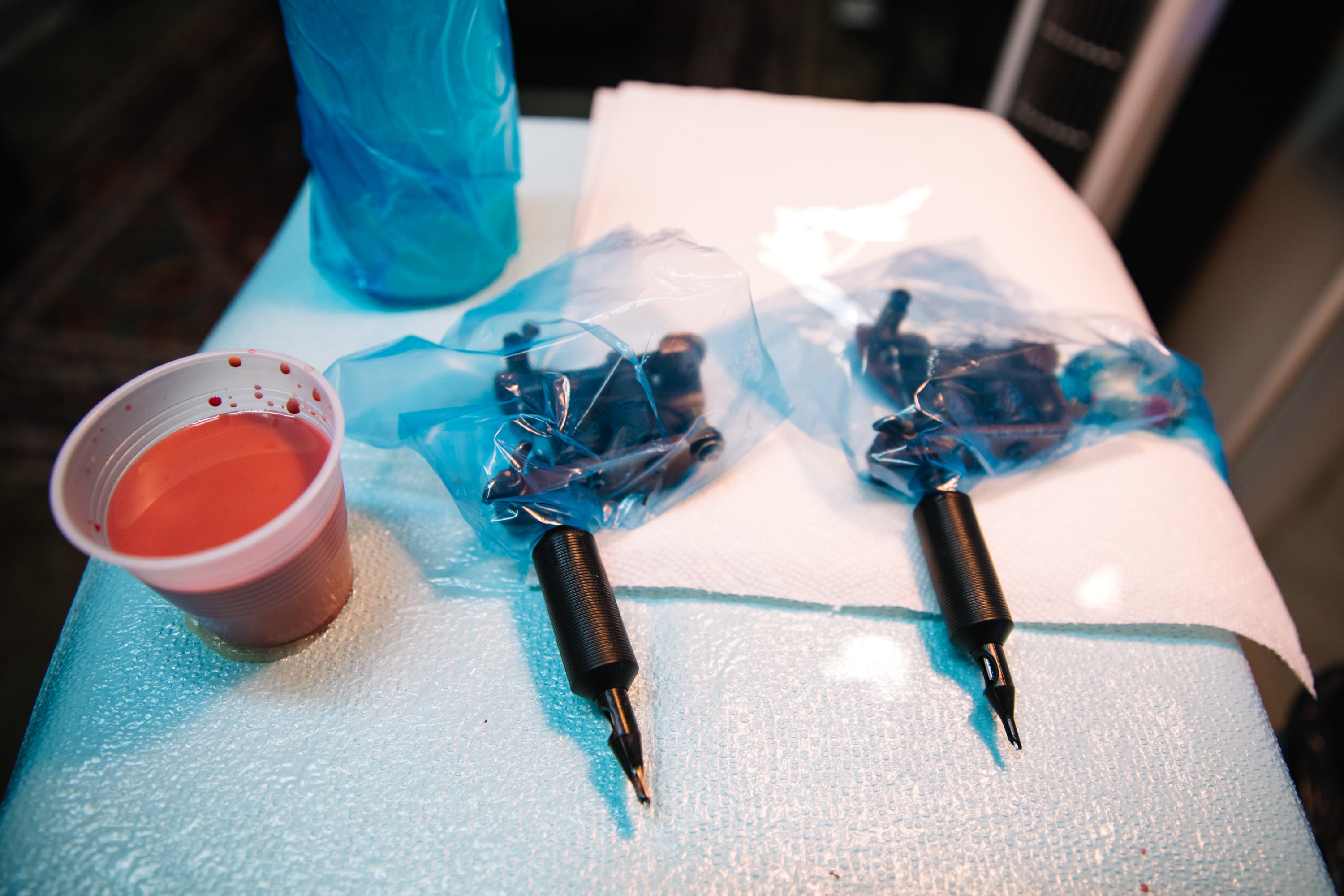
Unlike Myers, Polson came from the clinical world. She spent nearly two decades as an operating room nurse, watching patients’ journeys from diagnosis through reconstruction.
“I was always fascinated with the end of it. And having learned about that 3D nipple process, I guess I always thought of it as the cherry on top of everything, literally,” she said. “Everything about it is emotional, and I think this part of the process is [clients] kind of feeling like, ‘I made it.’”
At these appointments, there is crying. There is hugging. There is catharsis. And there are even opportunities to be creative. One woman who had had her left breast removed and reconstructed told her friends that cancer had broken her heart. To commemorate what she’d lost, she asked Polson to tattoo her areola in the shape of a heart.
Pichet, Bova’s tattoo artist, said that her job is “extraordinary.” Years of seeing the impact these tattoos have on her clients meant that she was able to find comfort when she had a breast cancer scare of her own a few years ago. She would reach down and move her hands over her breasts as though she was tattooing her own nipples.
“That helped me through the scare, while I was waiting for the results and everything,” she said. “And I remember that gesture was enough to bring me solace.”
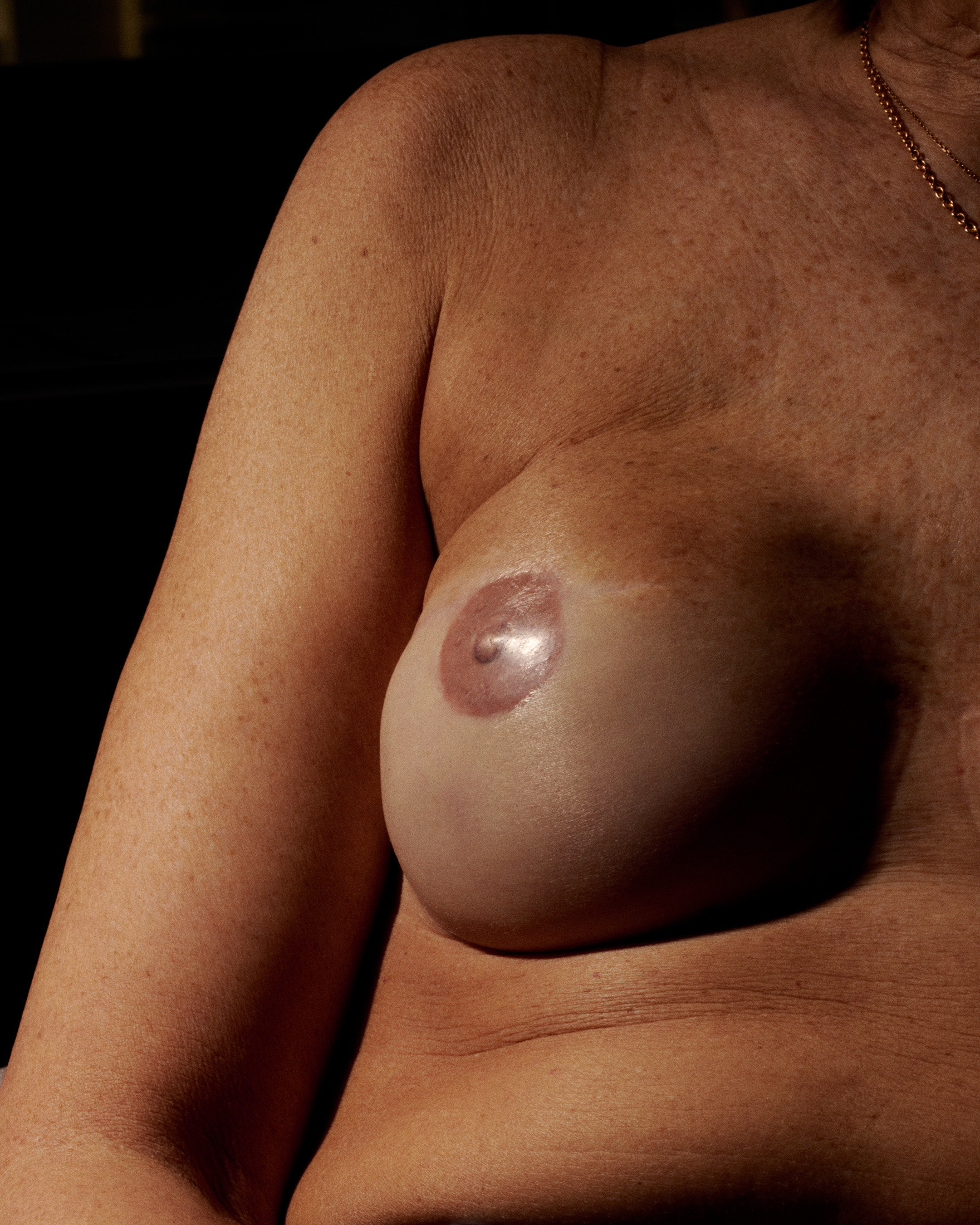
Myers said that when he’s asking clients to approve the color and size before he starts tattooing, some say they don’t care very much, that nobody besides them is going to see it anyway. He makes sure to push back.
“It doesn’t matter who else sees it,” he said. “You’re the important one. You’re looking in the mirror every day. So, is this color going to be OK when you look at it every single day? Because I want it to be perfect.”
Others are excited to show their partners or find themselves more confident about hitting the dating scene. And some find that this symbolic end to the journey offers closure not just for them or their partners, but also for their families and loved ones who felt the ripple effects of cancer.
Wymer, who said losing her breasts had made her feel disconnected from her femininity, spent over five years without nipples after her reconstruction. She’d been busy with work and with leading fitness classes for a local cancer support group. Plus, Myers’ Maryland shop was quite a distance from her home in Arizona.
When she heard Myers was making a visit to San Diego, she and her son decided to go together, making a road trip she said was healing for both of them. In the early days of her diagnosis, her then-teenage son had struggled to manage and wanted no part in anything that had to do with cancer. Now, they were driving to California and laughing about her boobs. When they stopped for lunch on the drive back home, he offered to stand guard outside the bathroom door of a Chipotle while Wymer applied moisturizing ointment to her tattoos.
“I just chuckled,” she said. “I thought, ‘Well, we’ve come a long way, certainly, from where we began.’” ●
Correction: Elizabeth was misidentified in photo captions in a previous version of this post.
This story is part of our Body Week series. To read more, click here.

